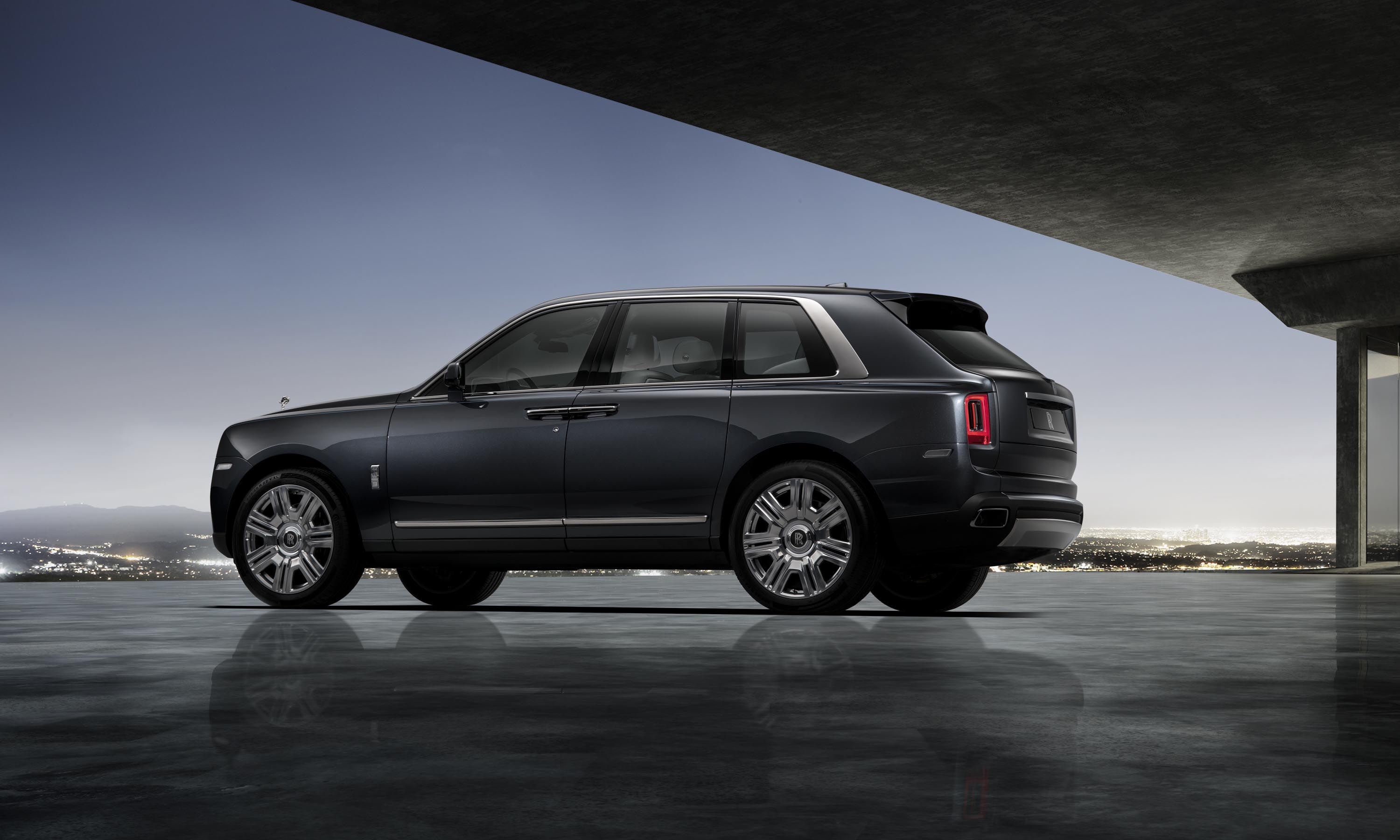- DOUG SPECK, SENIOR VICE PRESIDENT MARKETING, SALES AND CUSTOMER SERVICE AT VOLVO CAR GROUP, LITERALLY ROLLED OUT ANOTHER VOLVO WORLD FIRST IN AUTOMOTIVE SAFETY AT A PRESS CONFERENCE AT THE 2013 GENEVA MOTOR SHOW
- HE INTRODUCED THE GROUNDBREAKING SAFETY FEATURE – A TECHNOLOGY THAT DETECTS AND AUTOMATICALLY BRAKES FOR CYCLISTS SWERVING OUT IN FRONT OF THE CAR – BY ENTERING THE STAGE ON A BICYCLE
Mar 05, 2013.- The new functionality is an enhancement of the present detection and auto brake technology, and the package will be called Pedestrian and Cyclist Detection with full auto brake. All cars equipped with pedestrian detection will also incorporate cyclist detection.
“As the leader in automotive safety, we have been first in the industry with all detection and auto brake technologies, from the first-generation brake support in 2006 to pedestrian detection with full auto brake in 2010,” said Doug Speck.
Counteracts accidents
According to accident data, about 50 per cent of all cyclists killed in European traffic have collided with a car – a number that is counteracted by Volvo Cars’ new Pedestrian and Cyclist Detection technology.
New advanced software, including more rapid vision processing, has made it possible to extend the present detection and auto brake technology to cover also certain cyclist situations.
“Our solutions for avoiding collisions with unprotected road users are unique in the industry. By covering more and more objects and situations, we reinforce our world-leading position within automotive safety. We keep moving towards our long-term vision to design cars that do not crash,” said Doug Speck.
Automatic braking
A cyclist in the same lane swerving out in front of the car is one incident type that is addressed by the Pedestrian and Cyclist Detection with full auto brake, which will be available in the Volvo V40, S60, V60, XC60, V70, XC70 and S80 models from mid-May in 2013.
The advanced sensor system scans the area ahead. If a cyclist heading in the same direction as the car suddenly swerves out in front of the car as it approaches from behind and a collision is imminent, there is an instant warning and full braking power is applied.
The car’s speed has considerable importance for the outcome of an accident. A lower speed of impact means that the risk of serious injury is significantly reduced.
Combining camera and radar
Pedestrian and Cyclist Detection with full auto brake consists of a radar unit integrated into the car’s grille, a camera fitted in front of the interior rear-view mirror and a central control unit. The radar’s task is to detect objects in front of the car and to determine the distance to them. The camera determines the type of the objects. Thanks to the dual-mode radar’s wide field of vision, pedestrians and cyclists can be detected early on. The high-resolution camera makes it possible to spot the moving pattern of pedestrians and cyclists. The central control unit continuously monitors and evaluates the traffic situation.
The auto brake system requires both the radar and the camera to confirm the object. With the advanced sensor technology, it is then possible to apply full braking power immediately when necessary. The technology also covers vehicles driving in the same lane.
Major renewal of six models
At the company’s press conference in Geneva, Volvo Cars also presented the new model range, which includes new versions of the Volvo S60, V60, XC60, V70, XC70, S80 and the Volvo V60 Plug-in Hybrid.
“This is the most extensive development of existing models in our company’s history. Each of the enhancements is designed around our customers’ needs. We have focused on quality and attention to detail in order to give these models a major boost and sharpen their competitiveness,” said Doug Speck.
CO2 emissions at 88 g/km
It was also announced in Geneva that the successful new Volvo V40 is now available in a manual D2 version (115 hp) with CO2 emissions down to 88 g/km, which translates into fuel consumption of 3.4 l/100 km.
“By cutting the CO2 emission figure by a further six grams per kilometre, we once again demonstrate our leading position within fuel efficiency improvements,” said Doug Speck.
More information:
Text and photograph by: Volvo.







